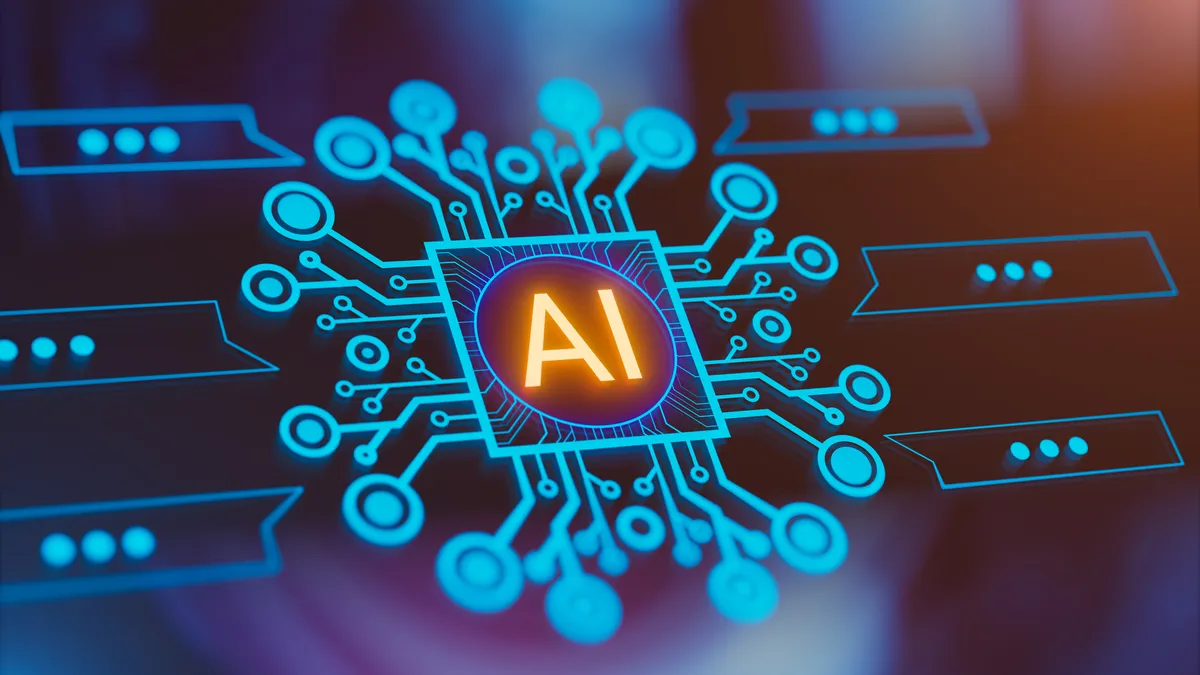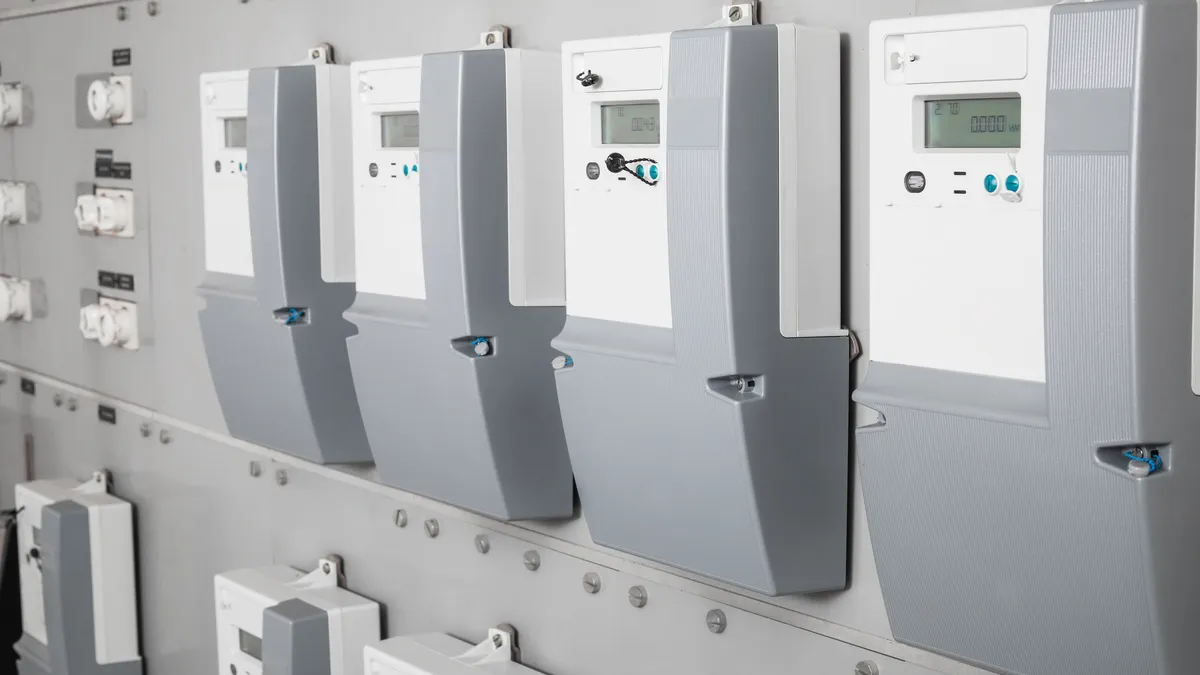The following is a Viewpoint by Navigant Research Analyst Michael Kelly.
Today's utility customers expect more than just reliable electricity service. They are increasingly interested in understanding their energy consumption, reducing their use, accessing new products and services and helping the environment. At the same time, customers have come to expect higher level service experiences and extended capabilities from utilities. They are becoming more proactive, demanding more choice and expecting more personalized services.
The reality for most utilities is that they are still putting significant efforts toward enabling basic capabilities to support existing business models. Efforts include digitizing their core interactions and transactions (billing, new connections, outages), expanding the number of communication channels and increasing the adoption of these expanded capabilities.
It is safe to say that the pressure is on for incumbent utilities to transform how they interact with their customers to find their place in this evolving market. What is missing for many utilities today is a top-tier customer experience (CX) and the systems that support it. Moving beyond "good enough" CX is paramount in this changing landscape.
Utilities are beginning to adjust to this changing paradigm, whether it be Central Hudson building a digital self-service platform, energy retailers in Texas enabling access to wholesale markets or EPB transforming itself into a utility telco. From digitizing core services and engaging with customers, to innovating at the forefront of CX, utilities are coming to terms with this necessary transformation in different ways.
Turning the tanker
If utilities are asked to turn the tanker when it comes to CX, the question then becomes, how should they do it? Digitizing core services is a good place to start. Digital access can give utilities a mobile front door via smartphones and tablets, and an online front door via a website.
According to a Navigant Research industry survey, 24% of executives had high confidence in their digital transactions capabilities. This came in as the highest confidence rate among surveyed capabilities, demonstrating a critical first step in advancing a customer-centric business strategy.
Utilities are already investing heavily in digital self-service technologies and extending these capabilities to mobile platforms. For example, Central Hudson Gas & Electric has seen strong adoption of digital self-service through its CenHub platform. As of June 1, 2017, 42.5% of residential customers are enrolled in the online self-service platform, and 19.5% of customer payments processed in 2016 were online payments. And between 2016 and 2017, eBills and mobile app downloads increased by 12% and 25%, respectively.
From digitizing to engaging
To facilitate higher rates of digital adoption, utilities have turned to personalized and proactive alerts and insights, such as high bill alerts and weekly energy updates. These types of programs have been successful in both attracting utility customers to enroll, and in generating real energy savings.
Opower, the leading provider of this type of demand-side management report, has attracted a significant customer base including utilities like ComEd, National Grid, Southern California Edison, and Pacific Gas & Electric, among others. As of October 2018, households supported by Oracle Utilities (Opower) Energy Efficiency programs have exceeded 20 TWh in cumulative energy savings. This equates to enough energy to power San Francisco homes for 10 years, Spain for 1 month or 3 million Tesla Model 3s traversing the length of the equator.
From engaging to innovating
Upon the optimization of core services, utilities must consider how to remain relevant in a future that could position them as simple wire and poles companies. At this stage, utilities must begin to explore new product, service and business model development.
One of the more innovative examples comes from the Electric Power Board (EPB) in Chattanooga, Tennessee, with its municipal utility telco model. EPB provides electric and triple play services to more than 175,000 homes and businesses in a 600 square mile area.
Since the commercial launch of its fiber-to-the-home broadband network in 2010, EPB has grown its revenue by more than 40%. Over that same period, load growth has been virtually flat. Furthermore, analysts say EPB generated more than $67 million in payback in 2015-2016 alone.
EPB has proven itself as a role model for other municipal utilities exploring broadband network options and has enjoyed economic growth despite flat load demand. There has been an uptick in fiber-to-the-home deployments, with more and more municipalities now exploring broadband internet and bundled service options. Thanks to its bold investment, EPB is ideally positioned for future smart city or other smart grid applications.
Looking forward
No one knows what the utility of the future will ultimately look like, so utilities will need to take chances to decipher what works best for their customers. This is already playing out in some deregulated markets, where CX is creating even more of an incentive to stand out.
For example, in Texas, energy retailers are exploring creative digital solutions that create differentiation in the marketplace and enhance the customer experience. Grid+ is leveraging Ethereum blockchain and artificial intelligence to give consumers direct access to wholesale energy markets. Using a smart device called a Smart Energy Agent, Grid+ applies AI to electricity usage patterns to anticipate usage demand and automatically purchases power on the customer's behalf at the cheapest rate possible. Using the Ethereum blockchain, the agent settles transactions instantaneously and purchases electricity every 15 minutes.
Reliant Energy offers a digital marketplace where customers can purchase various products (e.g., generators, light bulbs, thermostats) and services (e.g., air conditioning, heating, home security). And the Texas energy company, Griddy is targeting millennials by fostering an app-first approach that connects them with the wholesale market and provides insights around historical and forecast energy usage.
These examples provide some initial visibility into what will be required moving forward, but there are many paths for utilities and energy providers to take in this increasingly customer-centric future.
For a deeper view into why and how utilities are amping up their CX game, reference Navigant Research's recent white paper, The Changing Value of Customer Experience in the Energy Cloud.






















